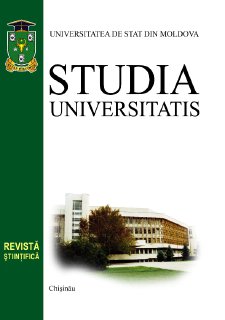PLANT DEHYDRINS. GENERAL CHARACTERISTICS AND HYPOTHETICAL FUNCTIONS
Angela RUDACOVA, Ala CHERDIVARĂ, Serghei RUDACOV, Universitatea de Stat din Moldova
Аннотация
Stress proteins - dehydrins are a family of proteins characterized by high hydrophilicity and thermal stability.
They belong to LEA (Late Embryogenesis Abundant) class II proteins, The structural features of dehydrins include
the presence of conservative sequences in them, which were designated as K-, S-, Y-, F- segments, while the presence
of a K-segment is mandatory for all dehydrins. The number and combination of K-, S-, Y- and F- segments formed
the basis for the classification of dehydrins, which made it possible to distinguish six classes of dehydrins: YnSKn,
Kn
, K
n
S, SK
n,
Y
n
K
n
and F
n
SK
n
.
It is assumed that dehydrins can prevent the denaturation and coagulation of proteins during dehydration; they
are able to bind a significant amount of water, preventing its loss. One of the putative functions of dehydrins is their
ability to participate in detoxification from excess salt ions. Some of the dihydrins have antifreeze activity.
Keywords: dehydrins, dehydration, stress factors, detoxification, abscisic acid.


